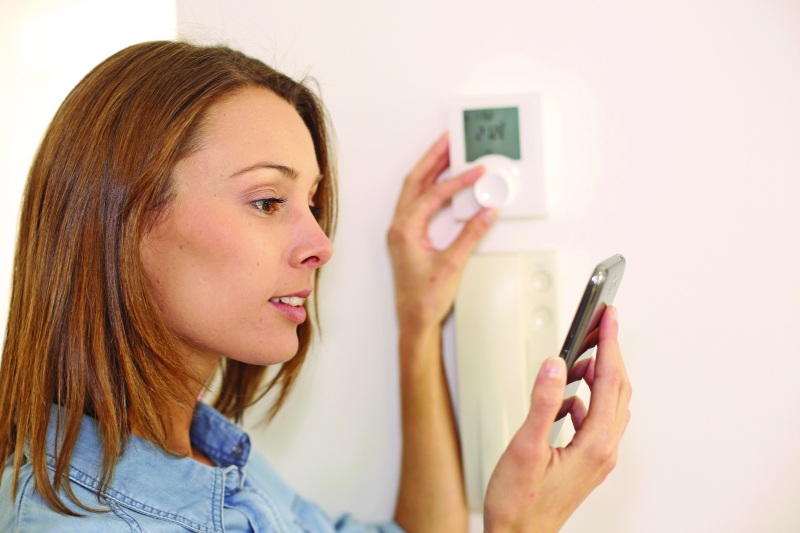What Does REME technology mean for Longview TX?
Feb 3, 2012

Overall, gas heating systems are extremely safe, but understanding carbon monoxide (CO) gas and exposure to gas furnaces will reduce the risk of exposure to you and your family.
Maintenance
The best way to keep a gas furnace operating at its peak and lower the risk of CO exposure is by keeping the air filter clean and having it maintained annually by an HVAC professional. When the HVAC technician inspects your furnace, he or she will check the safety switches, the condition of the flue or chimney, clean the parts and adjust the gas to air ratio.
A home with a high efficiency or Energy Star gas furnace, also called a condensing furnace, needs to be closely monitored if the furnace’s exhaust gases vent into a vertical chimney instead of a horizontal pipe or flue. You may be able to trace the vent, or ask an HVAC expert for help.
The air filter traps particulates that could otherwise settle inside the furnace, covering its heat exchanger. A coating of dust insulates the heat exchanger and the air blowing over it won’t pick up as much heat. If you operate a furnace with a dirty heat exchanger over time, this metal part can crack and spew CO into your home’s air. Furnaces with cracked heat exchangers need to be disabled until the heat exchanger or the entire furnace is replaced.
Ductwork Leaks
If your ducts travel through the attic as many do in this area, you run the risk of carbon monoxide poisoning if you use a gas furnace, water heater or gas dryer inside. The leaks will backdraft CO into your home, even in the summer when the air conditioner runs and the furnace is off.
To learn more about preventing carbon monoxide gas leaks, contact JD’s A/C, proudly providing HVAC services for homeowners in the Longview area for more than 30 years.
